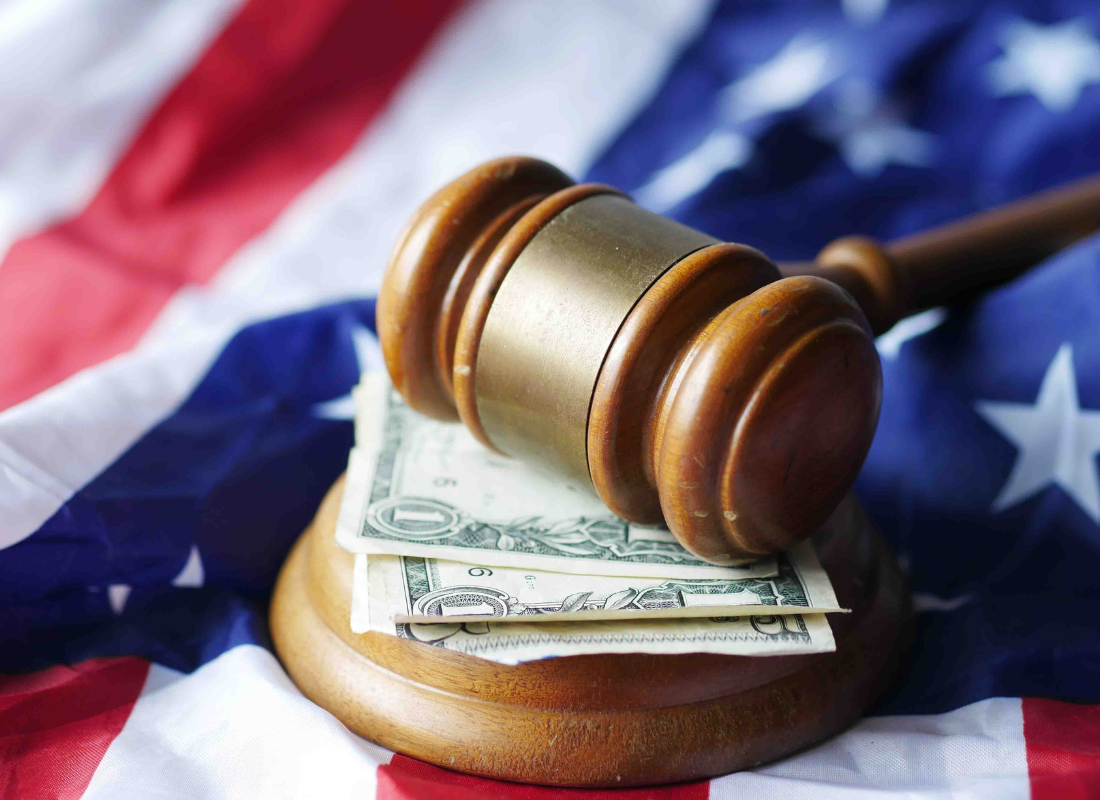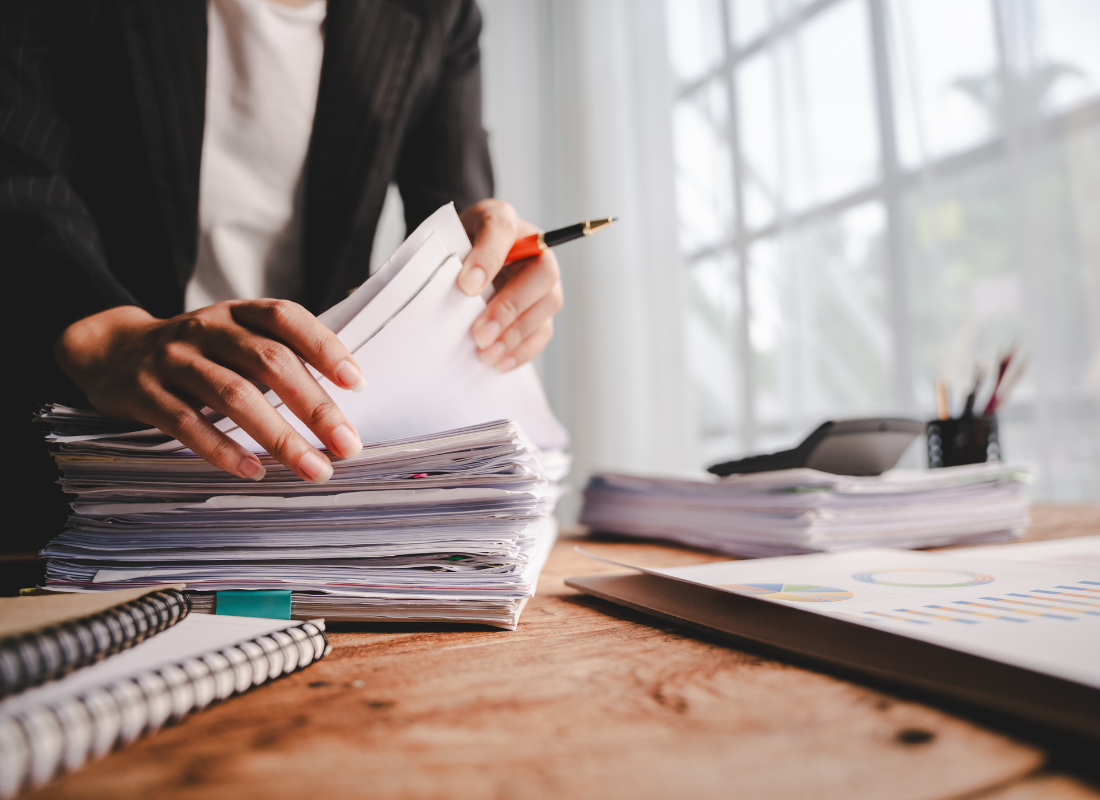Take Advantage of the Section 179D Energy Efficiency Tax Deduction
Originally published on November 11, 2021
Updated on November 20th, 2024
An energy-efficient building can do more than cut your utility bill. It can also mean tax deductions thanks to the Section 179D deduction. Originally passed by Congress in 2005 as part of the Energy Policy Act, it provides building owners and businesses a deduction of up to $1.80 per square foot for energy-efficient improvements made during qualifying tax years.
The Section 179D tax deduction has been subject to renewal every few years. In early 2021, however, the deduction was made permanent by the Consolidated Appropriations Act. This change enables business owners and government contractors to take advantage of a perpetual tax incentive for energy-saving improvements.
Section 179D covers improvements to an HVAC system, hot water system, interior lighting system or the building’s envelope. Building owners and lessees qualify for this tax deduction on improvements they make to office buildings, office spaces and certain other properties.
The Section 179D deduction can result in substantial tax savings, depending on the energy efficiency levels met by the project. To qualify, energy-saving improvements must surpass ASHRAE 2001 standards for buildings placed into service before 2016 and ASHRAE 2007 standards thereafter. Property owners and business owners benefit not only from the tax deduction, but also from the ongoing savings achieved through energy-efficient improvements.
Under a special rule for public property, designers, engineers, builders, contractors, architects, environmental consultants and energy service providers also may qualify for the Section 179D tax deduction if they have improved the energy efficiency of a new government building or enhanced an existing government structure. Government-owned buildings include schools as well as county and municipal buildings and offices.
Because government entities are not taxed, the building owner can allocate this tax savings to the person (or entity) primarily responsible for making these improvements or the system’s design. You can visit the Office of Energy Efficiency & Renewable Energy’s website for additional information.
As you start planning your business tax return, don’t forget this deduction and other strategies. Contact your business tax CPA if you have any questions about the Section 179D tax deduction.
All content provided in this article is for informational purposes only. Matters discussed in this article are subject to change. For up-to-date information on this subject please contact a James Moore professional. James Moore will not be held responsible for any claim, loss, damage or inconvenience caused as a result of any information within these pages or any information accessed through this site.
Other Posts You Might Like

